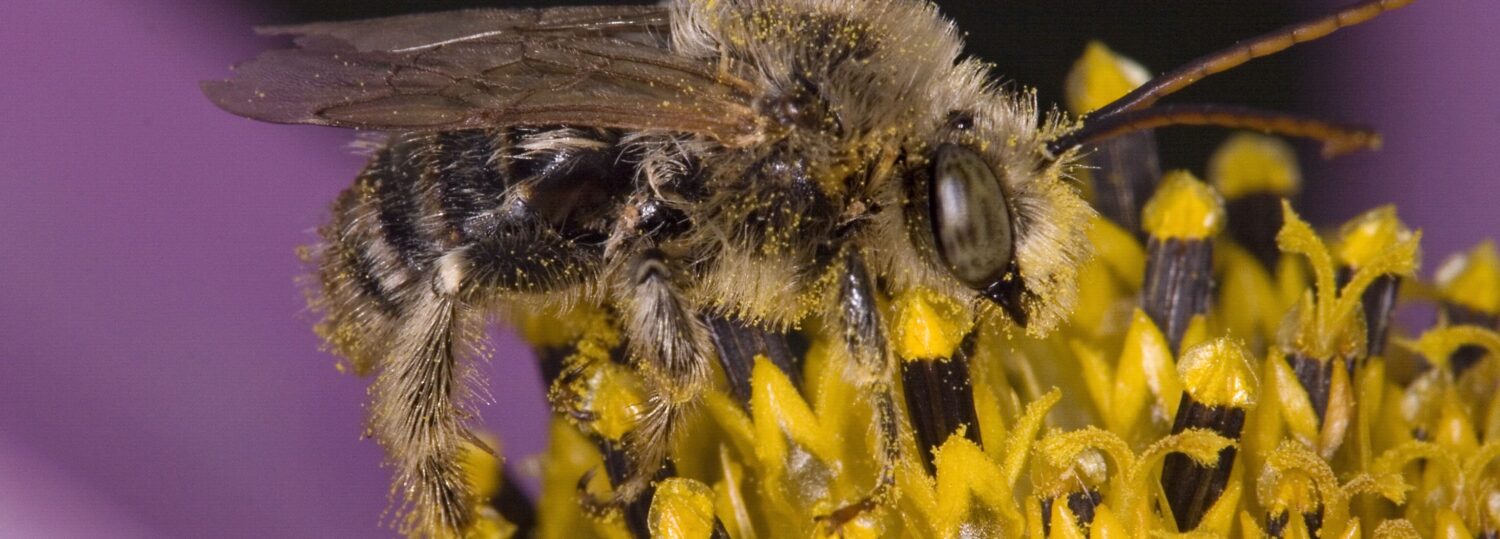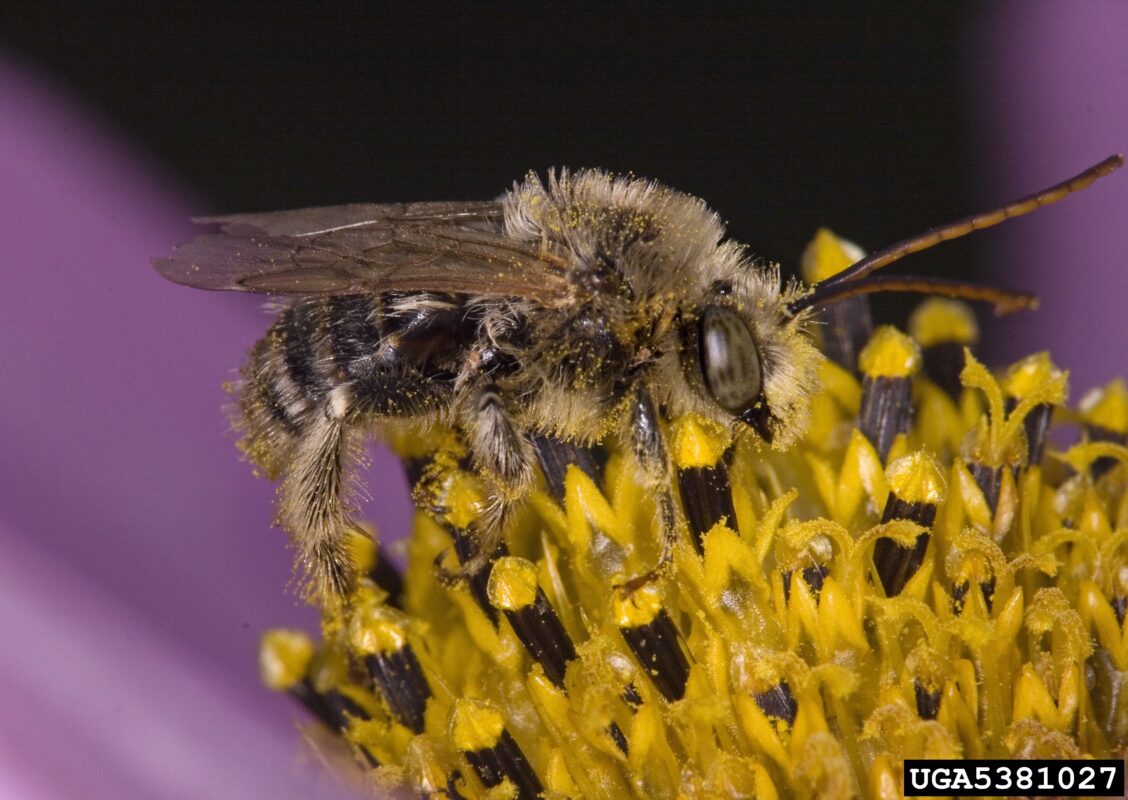Human development is known to have a significant impact on the environment, including arthropod species quantity and diversity. However, not much has been investigated about its impact on pollinators, particularly bees. Further, while examining different locations and land uses is important in measuring this impact, the influence of time is generally excluded from the analysis.
A recent contribution (Global Change Biology, December 2023) co-authored by our Center Director Danesha Seth Carley provides insight on changes in bee species richness and trait composition that results from landscape modification, primarily through land use change and urbanization. Because of its rapid expansion in population growth, the study focuses on information from Wake County collected over a 118-year time period (1900-2018). In addition to ‘contemporary’ data (2003-2018), the study highlights the importance of bee collection records and museum specimens in filling the gaps of historical data, incorporating imperfect detectability and sampling effort to the analysis while using complementary statistical models and methods to address these two components.
Survey data were organized in ‘seasons’ separated by 10 years and comprising five years each. Notably, the authors found a total of 6080 specimens representing 328 species, with only 19 species unique to the contemporary collection period. Their results demonstrate that while urbanization increased over time, this trend did not significantly influence species richness. Consequently, the number of species remained relatively constant, with species diversity varying across seasons. Interestingly, however, while below-ground nesting species decreased, the number of above-ground species increased.

